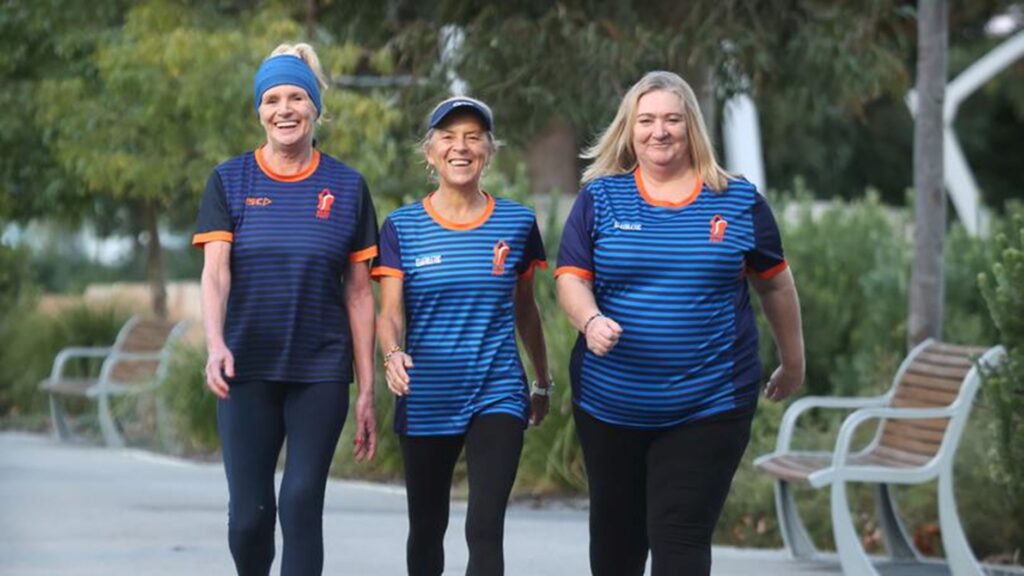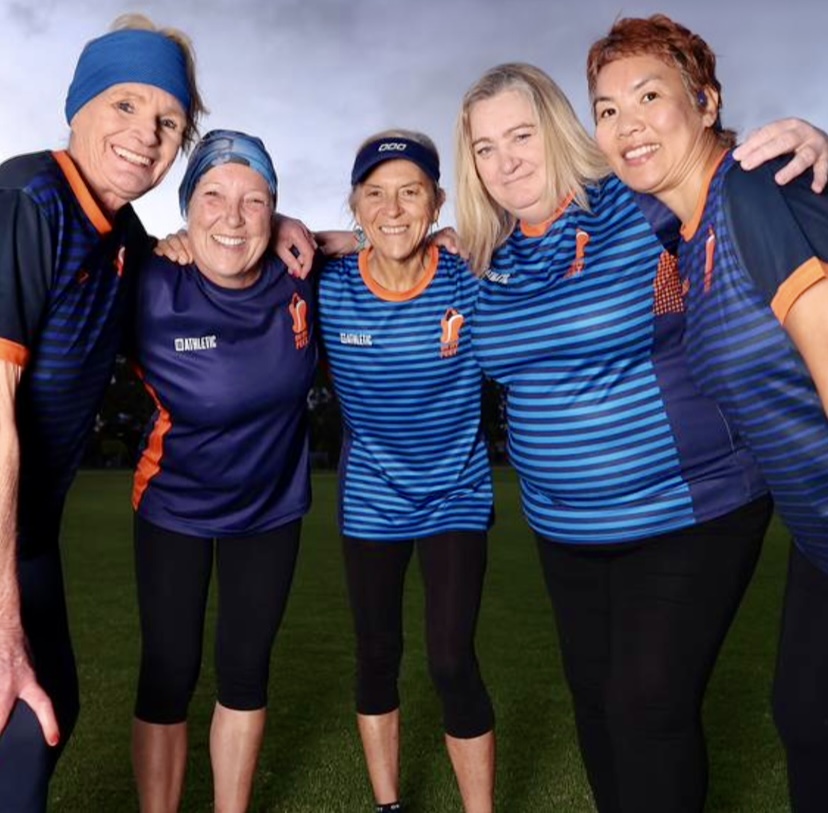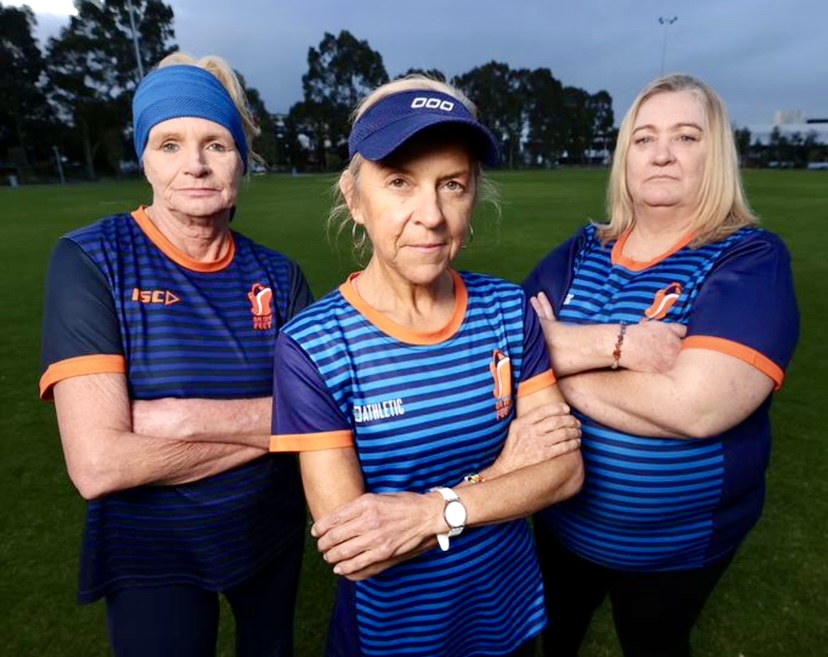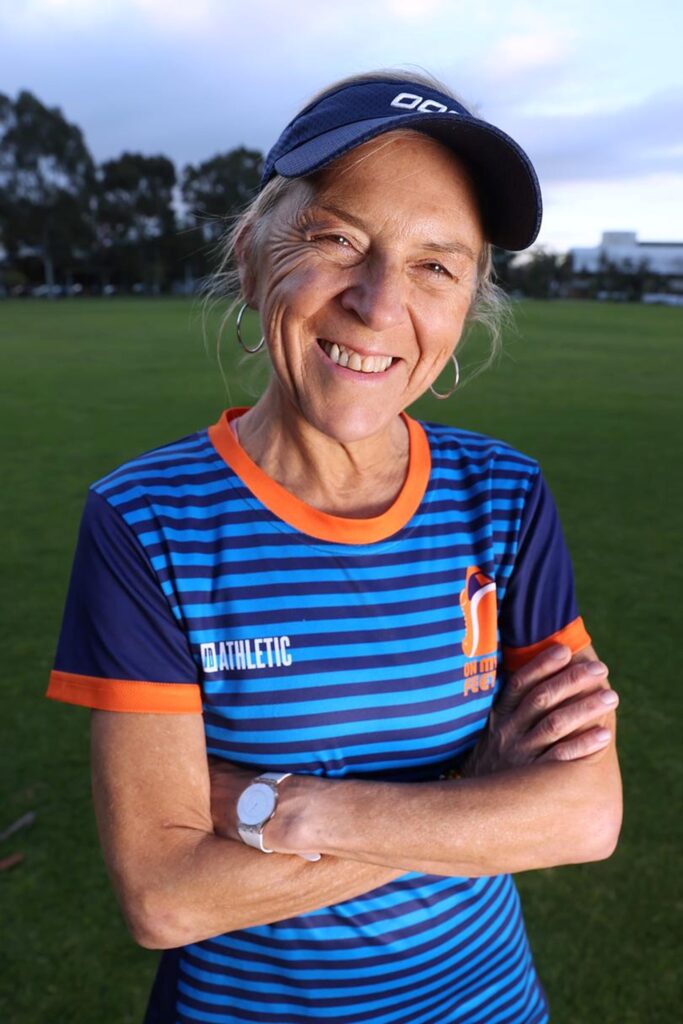Double the number of women and children sleeping in streets or cars to escape domestic violence
Category: No Category

Kim MacDonald The West Australian

The grim statistics in the Homelessness Australia report highlight the epidemic of often fatal violence against women. Credit: Jackson Flindell/The West Australian
The number of women and children sleeping rough to escape domestic violence has jumped by a third in WA in the past two years and more than doubled in a decade.
The grim statistics in the Homelessness Australia report highlight the epidemic of often fatal violence against women.
The report, released ahead of this week’s Homelessness Week, shows FDV is the leading cause of female homelessness, with 45 per cent of all women and girls who seek assistance identifying it as a cause.
And the perfect storm of a rental market in crisis and women’s shelters at capacity has left many with an almost impossible decision, according to Alison Evans, chief executive of Centre for Women’s Safety and Wellbeing.“It’s a bleak reality, but many women and children in WA face the impossible choice between violence and homelessness,” she said.
“Housing is one of the biggest barriers to someone leaving a dangerous partner.
“Fear of becoming homeless is a real and justified fear,” she said.
Dr Evans called for more help for women to stay safely in their own homes, transitional housing or alternative accommodation, claiming “these days there are never enough beds” at shelters.

Kathleen McQuaide is the CEO of “On My Feet” which is akin to a bootcamp for women who are homeless or at risk of homelessness. Credit: Jackson Flindell/The West Australian
“We must not ignore the fact that victim-survivors are being driven back to dangerous partners because of a woeful lack of safe accommodation,” she said.
While safe accommodation is the first step, it is not the only one required, with the women needing further emotional and practical support, through programs such as the On My Feet program.
Run by Kathleen McQuaide, pictured centre, the program upskills vulnerable women, mostly from DV shelters, to achieve a new level of confidence and independence.
The participants undertake everything from financial literacy to counselling, healthy cooking on a budget, time-management and three weekly exercise classes which culminate in a 10km run.
“When women come to us, quite often they are broken after years of abuse, and they have poor self-esteem, they feel incapable, unworthy and unloved,” she said.
“Suddenly, they are put in an environment of people who support them, who believe in them, and they get support from other women with the same lived experience, and they start to feel better.”
Angie, not her real name, credits the program for the steady return of her mental and physical strength over nearly three months.
Once a school captain and a university graduate, she said her ex-husband had almost destroyed her through mental, physical, financial and sexual abuse.

She and her sons had managed to leave him and the family home at one point, but a short reconciliation with her abusive ex earlier this year resulted in a breakdown. It cost her her job and then her rental property.
And at that point, she faced an incredibly difficult choice. She could remain in the same home as her sons in the abusive family household, or she could send her sons to their grandparents while she moved into a DV shelter.
She chose the latter, describing her first night at the shelter as “rock bottom”.
At that point, the road back to her sons and to safety seemed impossibly long but she is now confident of moving into her own place with her children within months.
Louise said she joined the program after a 16-year abusive relationship, much of it spent on the streets.
She made 58 incident reports to police about her partner during that time, but did not have the self-esteem to break ties with him.
“Since being in this program, my mindset had changed – I am learning to like myself,” she said.
“I am learning to fix my broken wings and fly again.”
For now, she faces the foreseeable future in a DV shelter, which is constantly at capacity with traumatised women.
The State of Response report 2024 shows 6365 WA women and 4399 children got help last financial year through homelessness services after experiencing family and domestic violence, though it is widely believed many cases go unreported.
Of those, nearly half – 3087 – were in housing situations considered forms of homelessness.

The participants undertake everything from financial literacy to counselling, healthy cooking on a budget, time-management and three weekly exercise classes which culminate in a 10km run. Credit: Jackson Flindell/The West Australian
This includes 312 sleeping rough on the streets or in a car, which is about one third – 32 per cent – higher than only two years ago, and more than double the 146 females in that situation a decade ago.
There were 743 WA women couch surfing to escape FDV last financial year, which has more than tripled from 237 a decade ago. Nearly 2000 females lived in short-term accommodation like hostels to escape violence.
Lyn a mentor with with On My Feet, said the program’s physical exercise helped boost mental health too.
She entered when her anxiety and depression spun out of control when she moved from the North West to Perth for medical treatment for cervical dystonia and was unable to secure a rental property amid the rental crisis.
She was forced to burn through her life savings of $25,000 at hotels.
Since starting the program, she has secured a home and completed a half marathon.